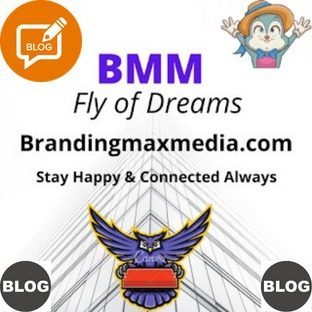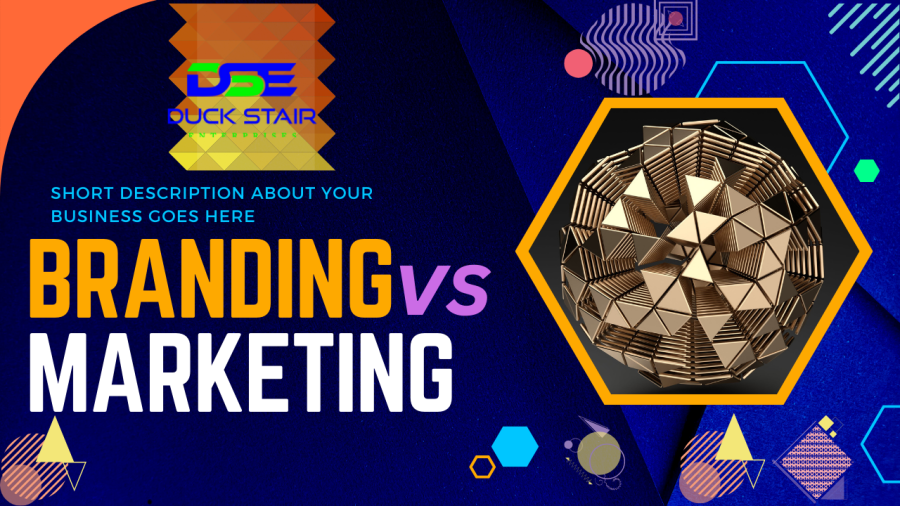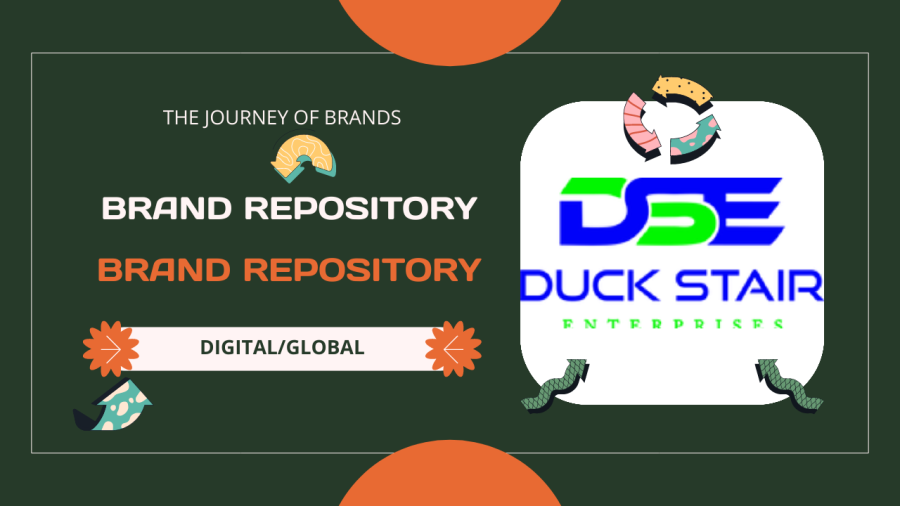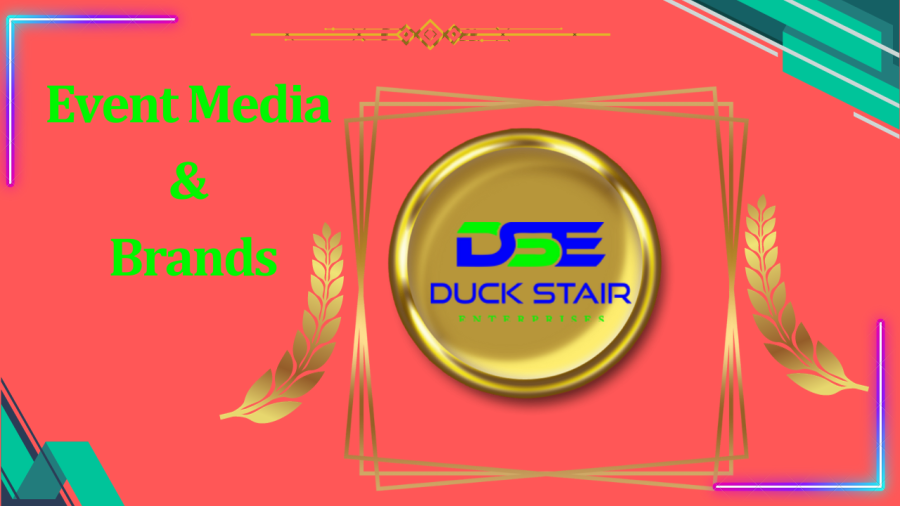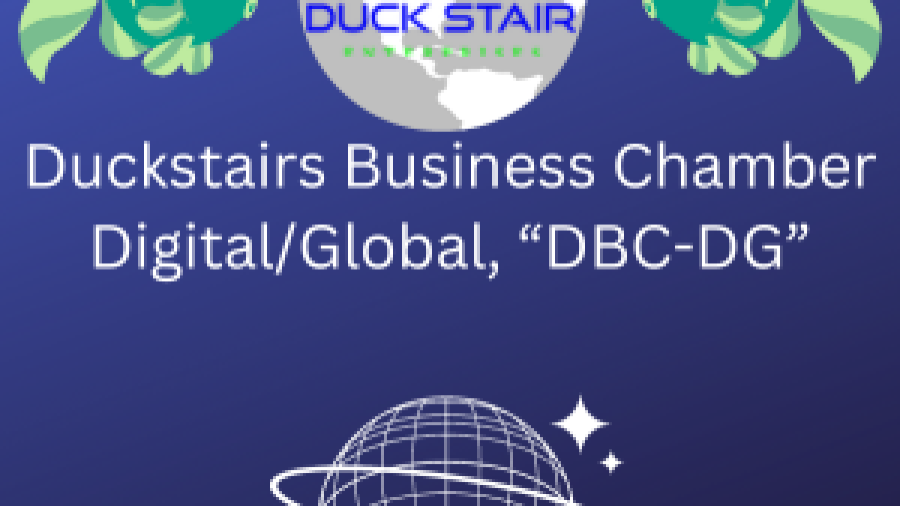Branding Vs Marketing
Marking and showcasing are connected ideas, however they fill various needs and include particular exercises inside the more extensive extent of business procedure. Here is a breakdown of the vital contrasts among marking and promoting:
Definition:
Marking: Marking is the most common way of making an exceptional and recognizable picture for an item, administration, or organisation. It includes characterising the brand’s qualities, character, and situating in the market to lay out an unmistakable personality that separates it from contenders.
Showcasing: Showcasing is a more extensive term that incorporates movements of every kind an organisation embraces to advance and sell its items or administrations. It incorporates promoting, advertising, statistical surveying, item advancement, evaluating, and dissemination.
Scope:
Marking: Spotlights on making and keeping a brand character that resounds with the ideal interest group. It includes building serious areas of strength for an association and discernment related with the brand.
Showcasing: Includes the whole course of putting up an item or administration for sale to the public, from the underlying plan to the deal. It incorporates recognizing client needs, making items, deciding evaluating techniques, and creating limited time crusades.
Reason:
Marking: Means to fabricate long haul associations with clients by making a positive and reliable brand picture. It ingrains trust, devotion, and acknowledgment.
Advertising: Plans to create present moment and long haul deals by advancing items or administrations, recognizing objective business sectors, and executing systems to reach and convince expected clients.
Time period:
Marking: Is a drawn out procedure that spotlights on building a brand’s standing and personality over the long haul. A continuous interaction requires consistency and responsibility.
Promoting: Can include both present moment and long haul drives. Momentary promoting efforts might zero in on prompt deals, while long haul showcasing methodologies mean to lay out major areas of strength for a presence.
Parts:
Marking: Includes components, for example, brand name, logo, informing, visual character, and client experience. It’s tied in with making a brand story and character.
Showcasing: Envelops many exercises, including statistical surveying, publicising, advertising, content advertising, virtual entertainment, and deals advancements.
Result:
Marking: An effective marking system brings about areas of strength for a positive brand insight, expanded client dedication, and the capacity to charge premium costs.
Showcasing: Effective promoting endeavours lead to expanded item or administration mindfulness, client procurement, and income age.
In outline, marking is a subset of showcasing that centres explicitly around making and dealing with the brand personality. Showcasing, then again, is a more extensive business capability that includes a scope of exercises to advance and sell items or administrations on the lookout. Both are fundamental for a far reaching business system, working couple to drive outcome in the commercial centre.
